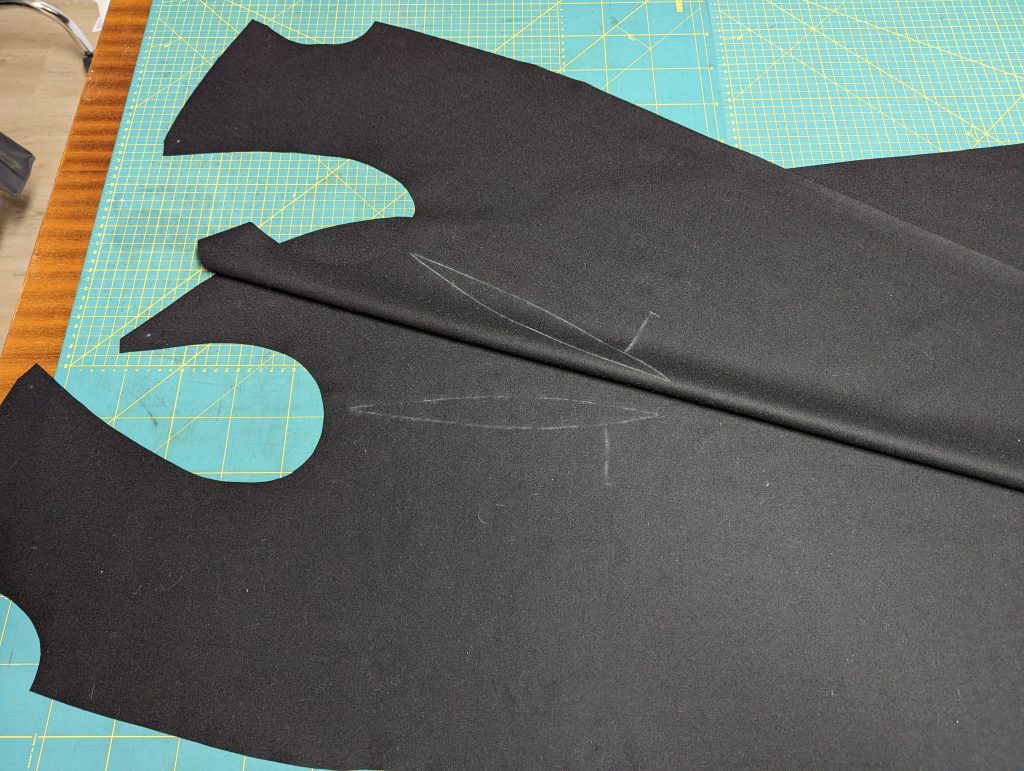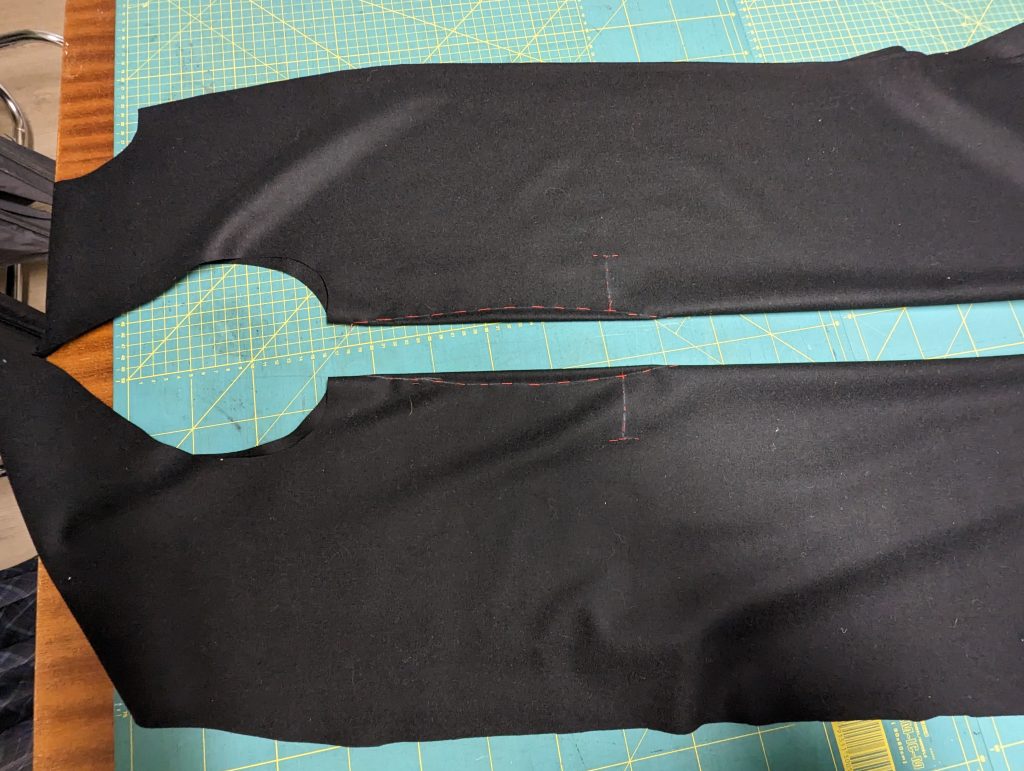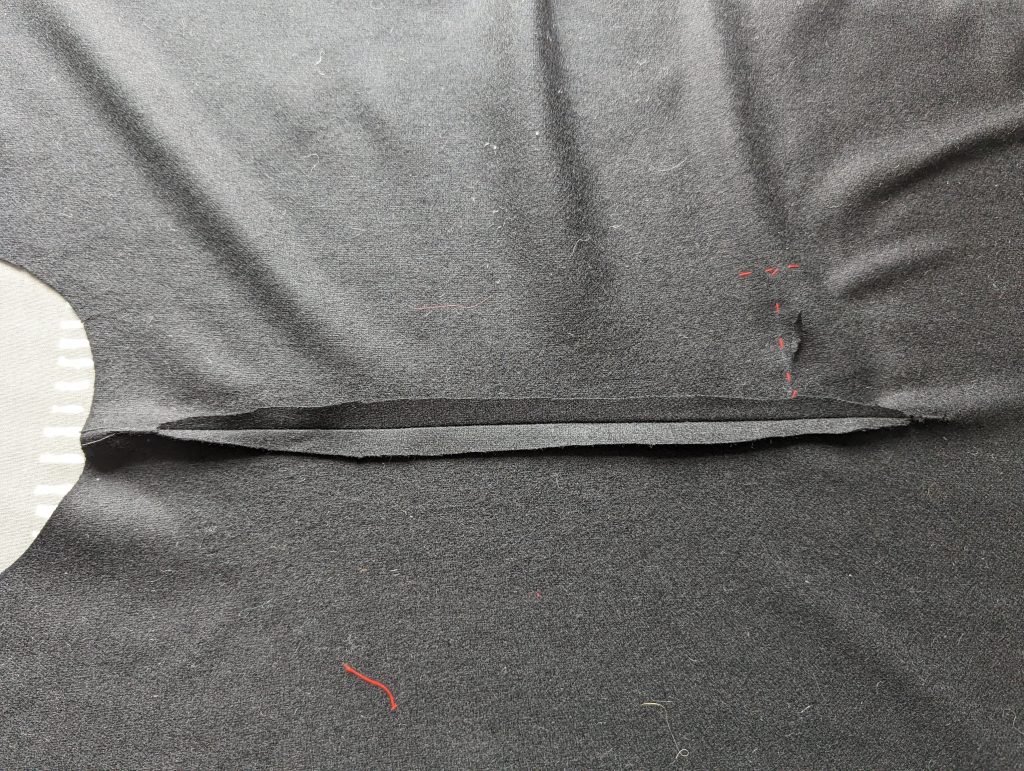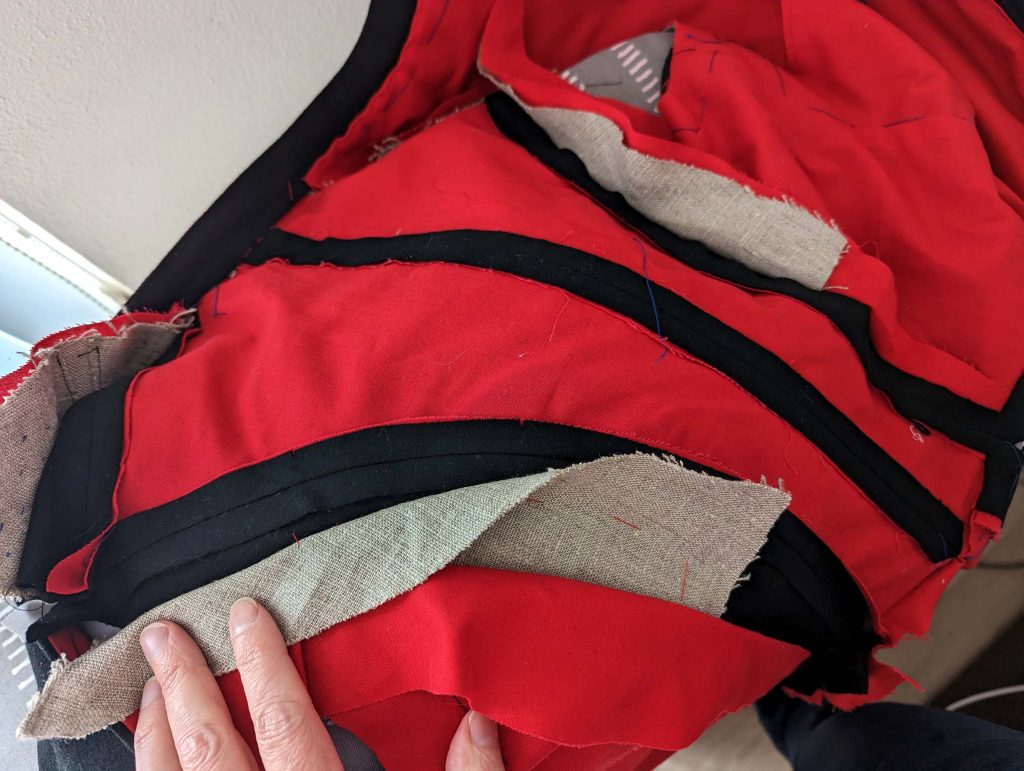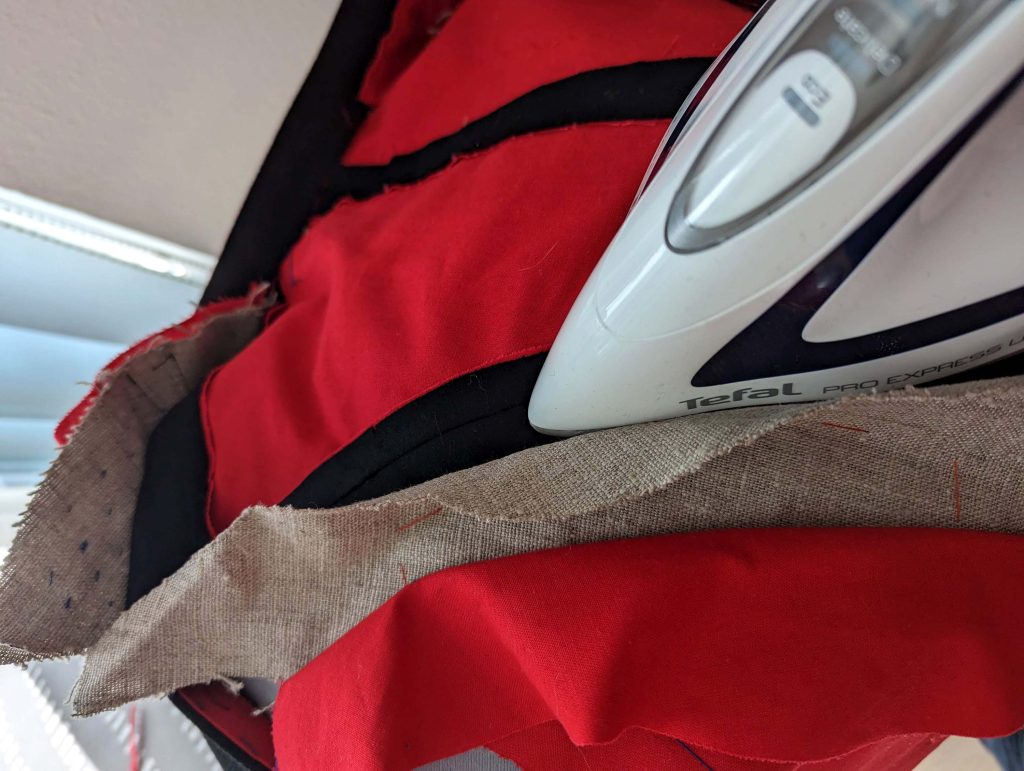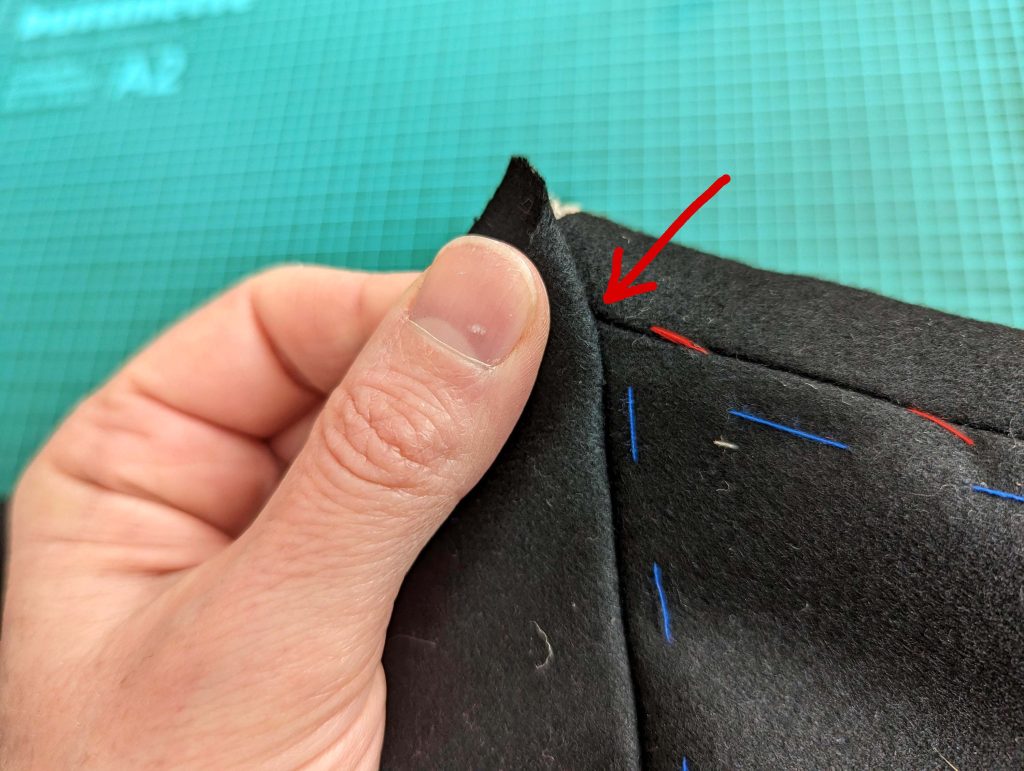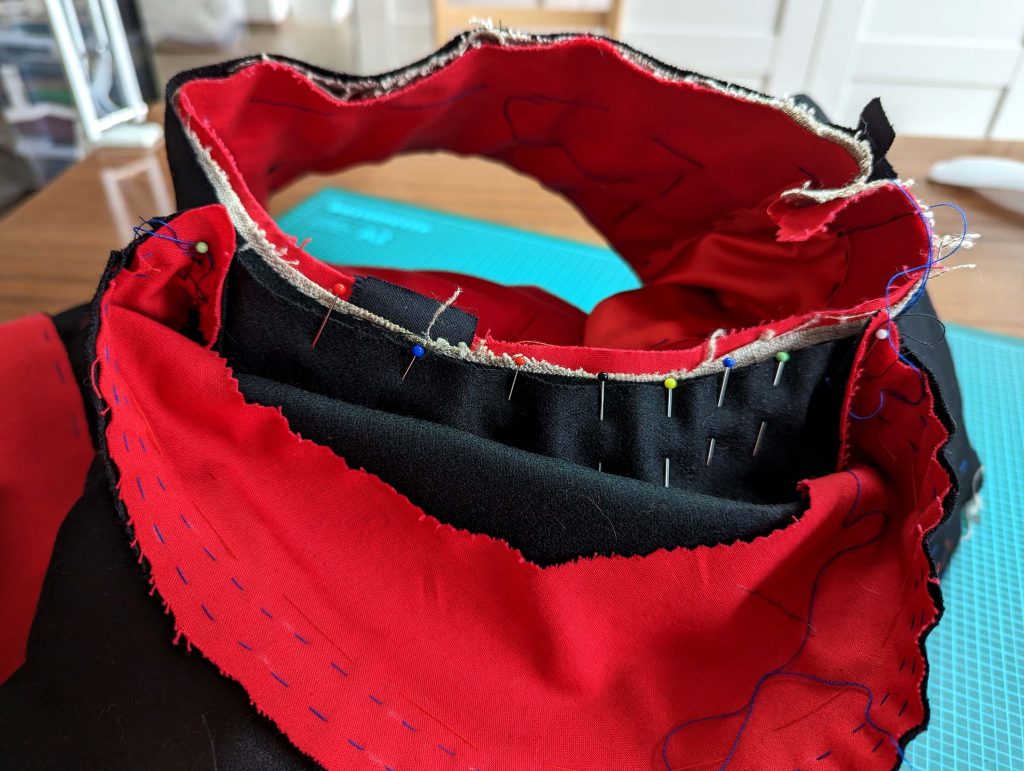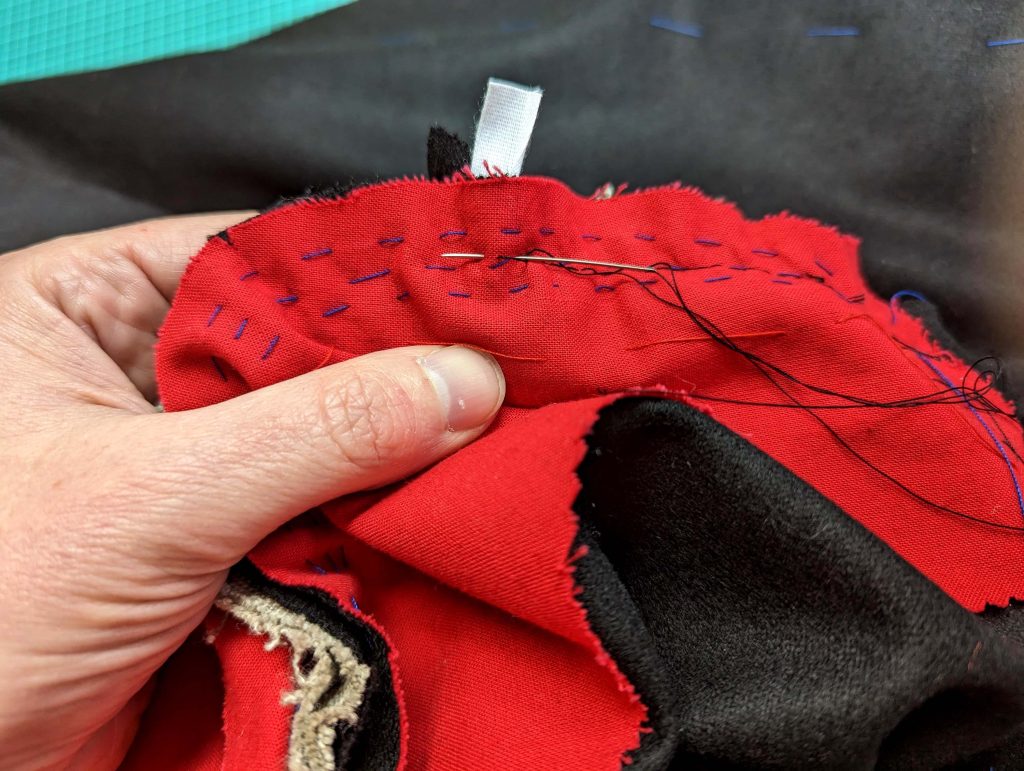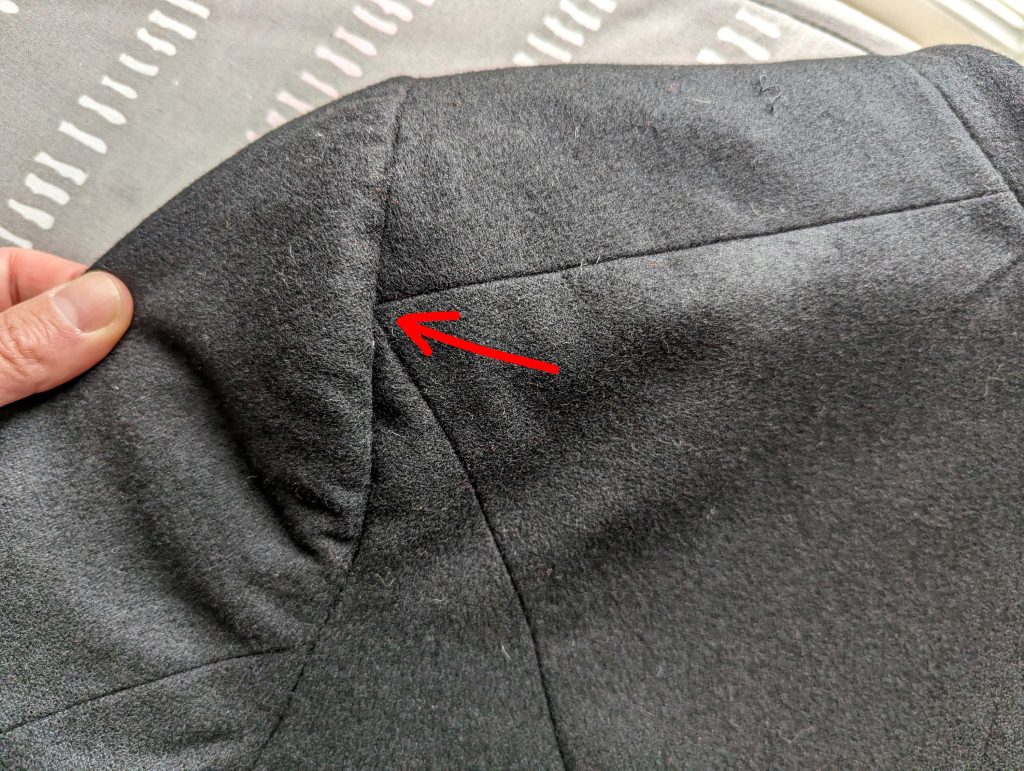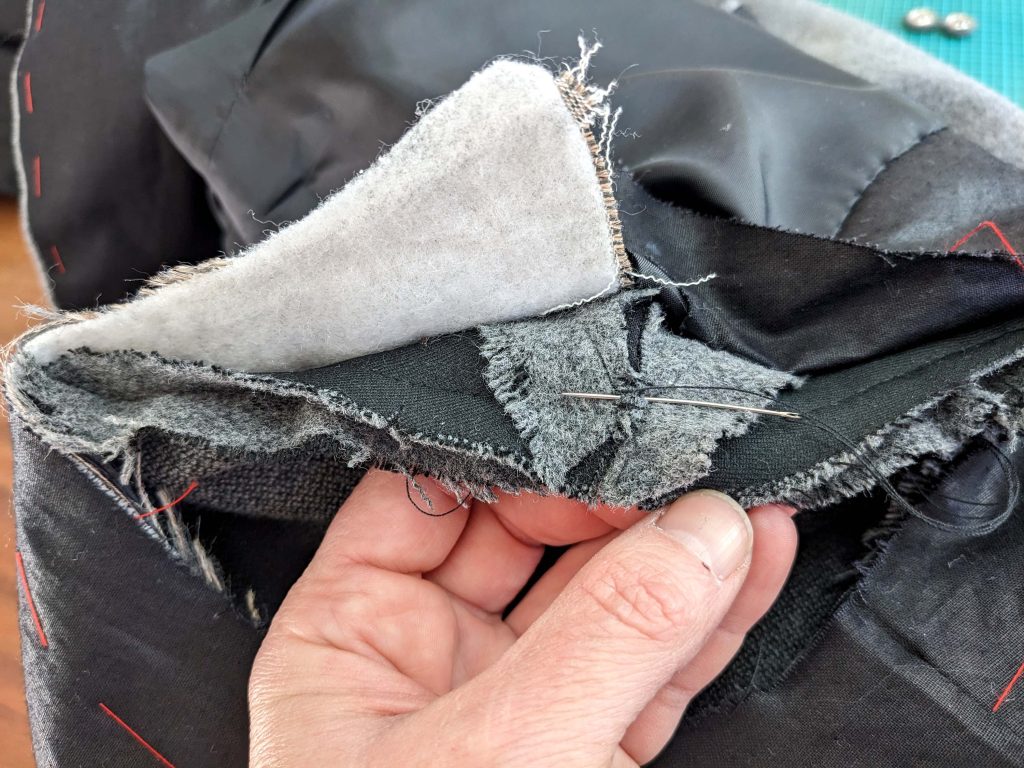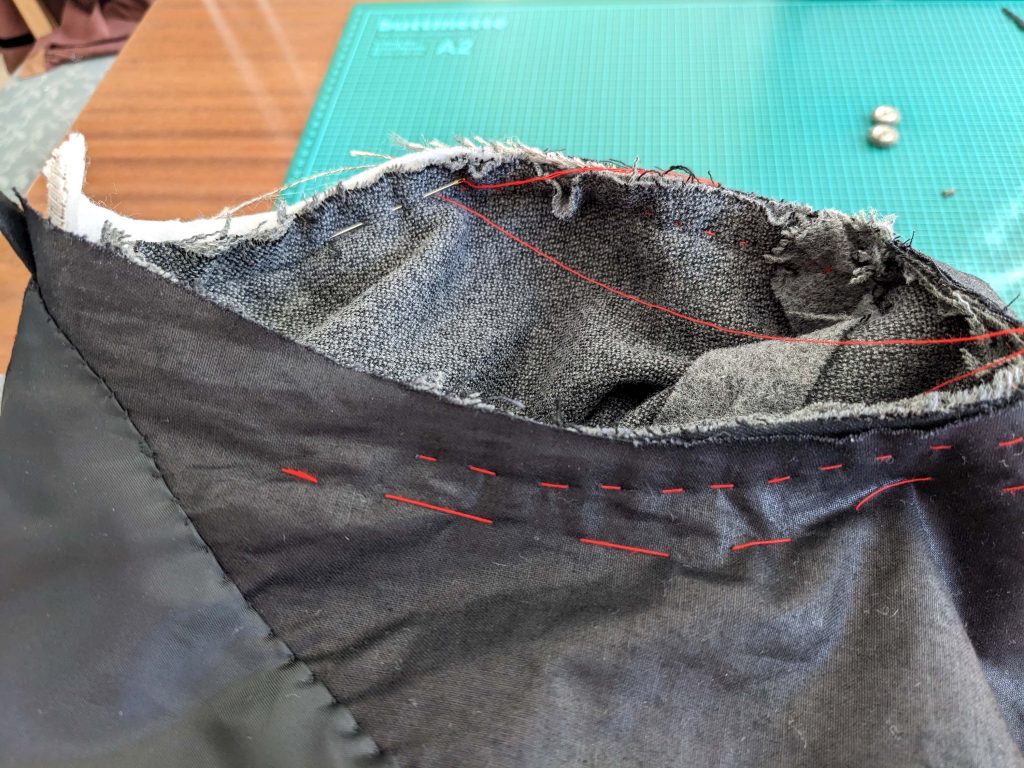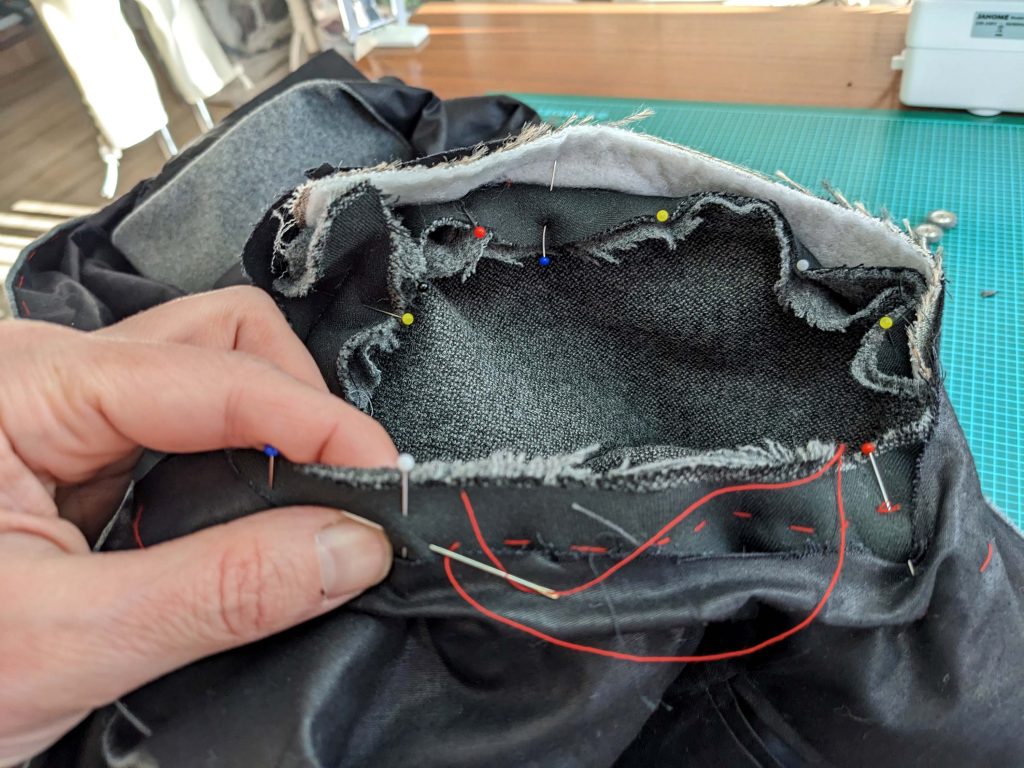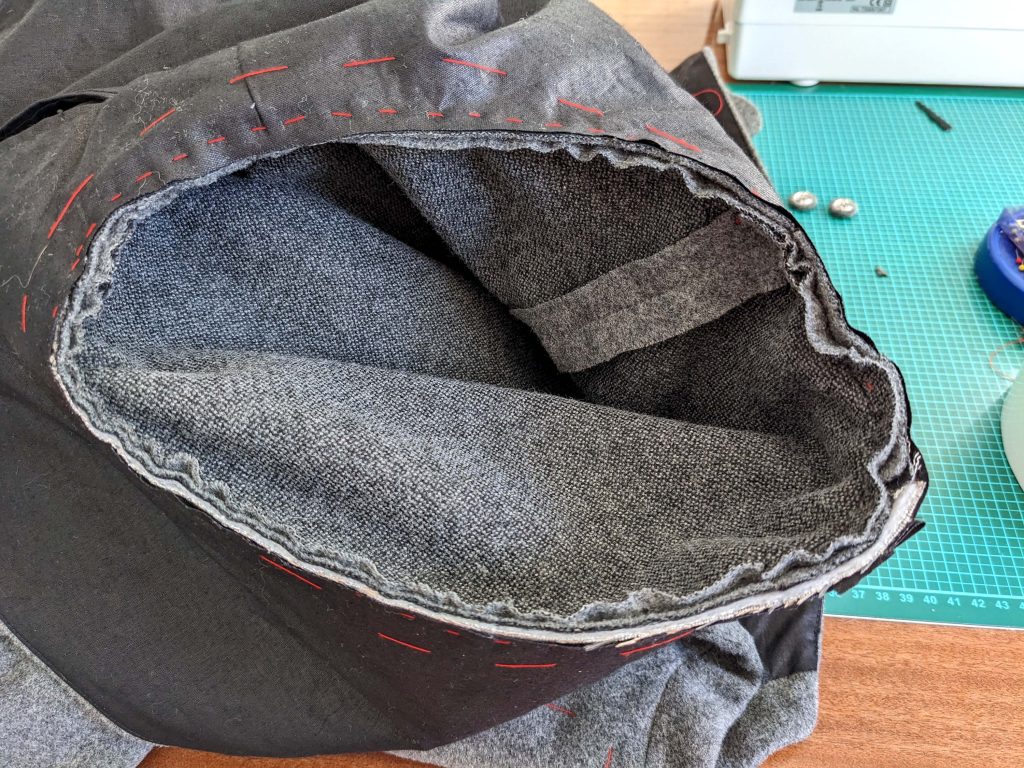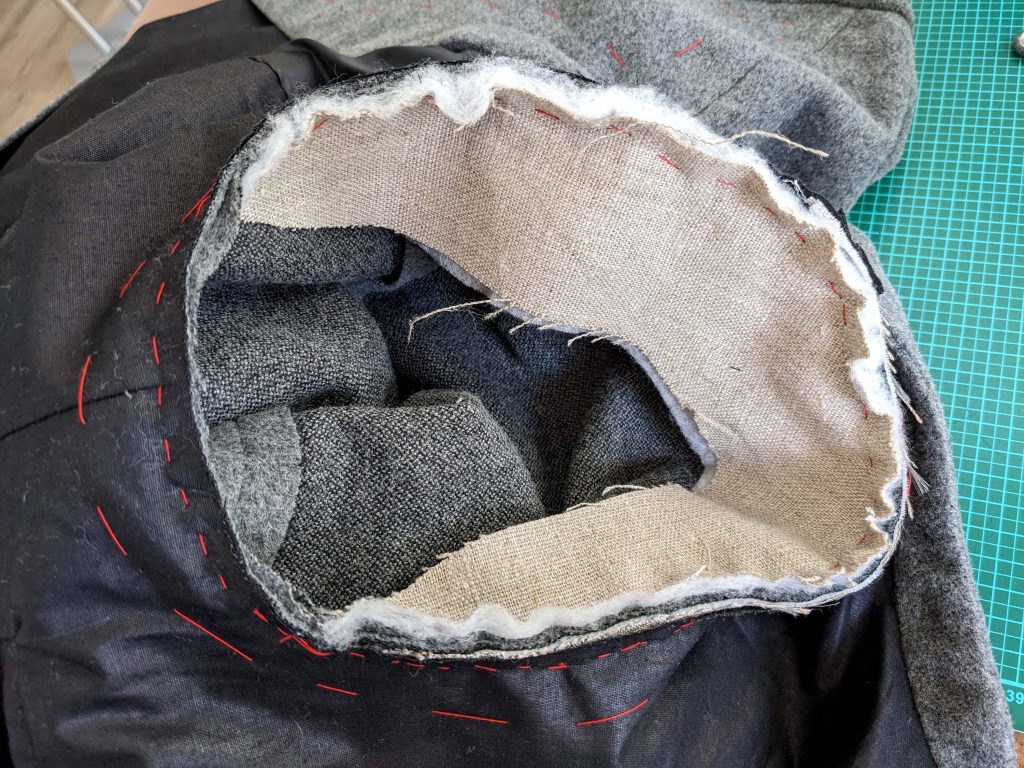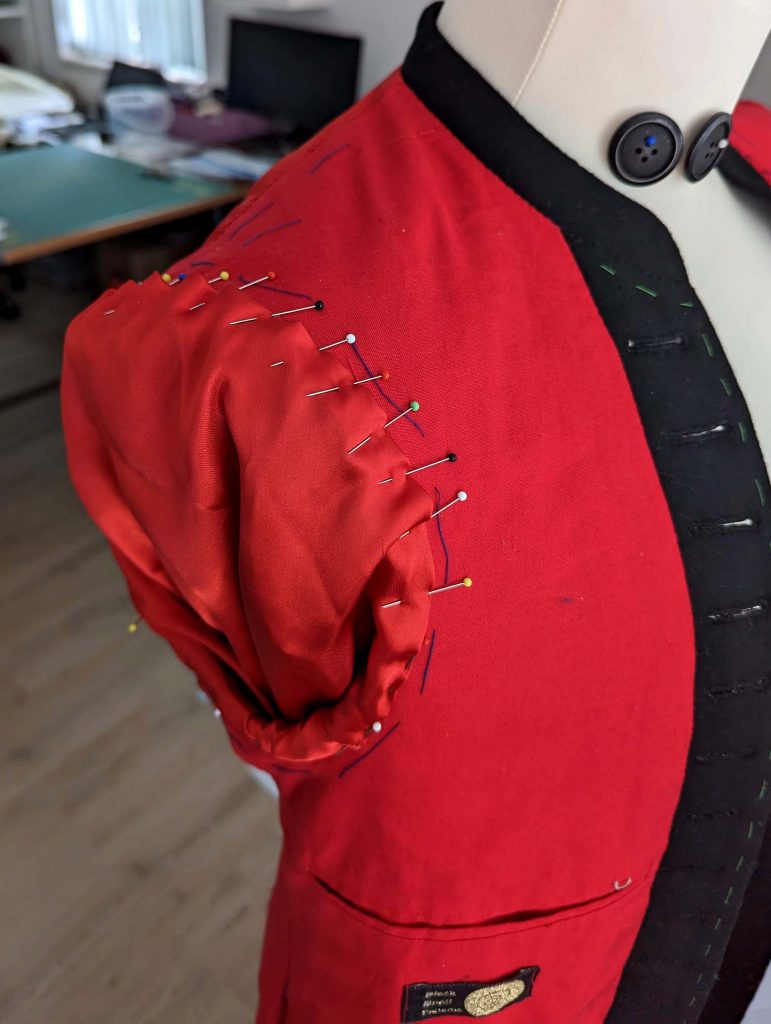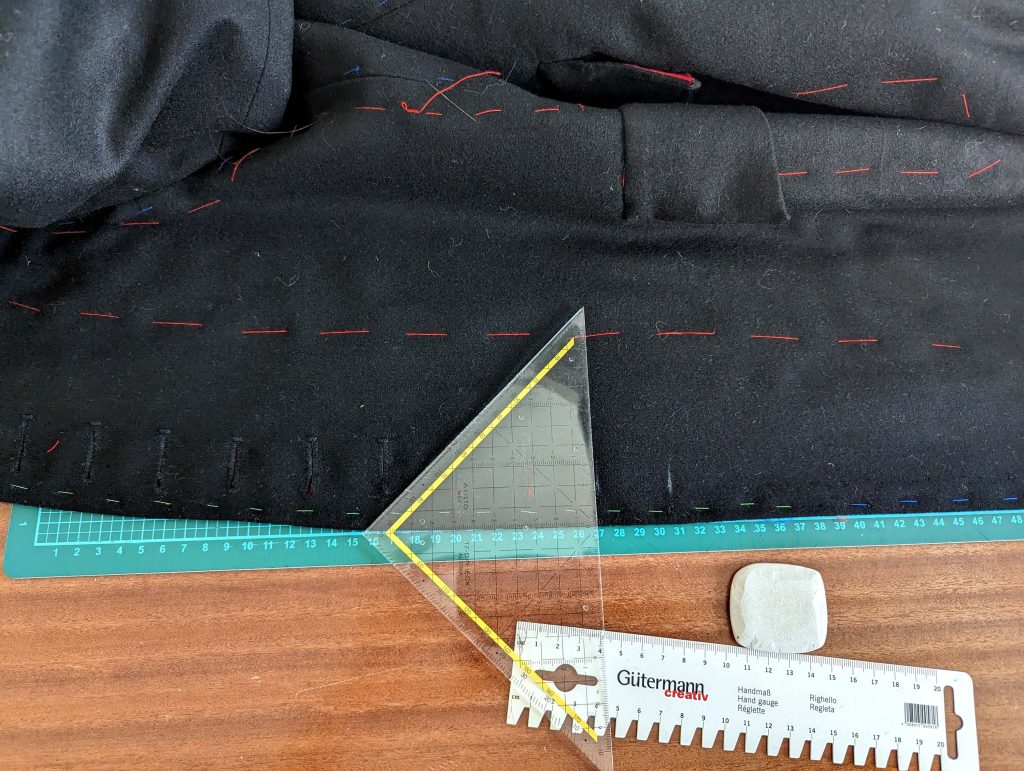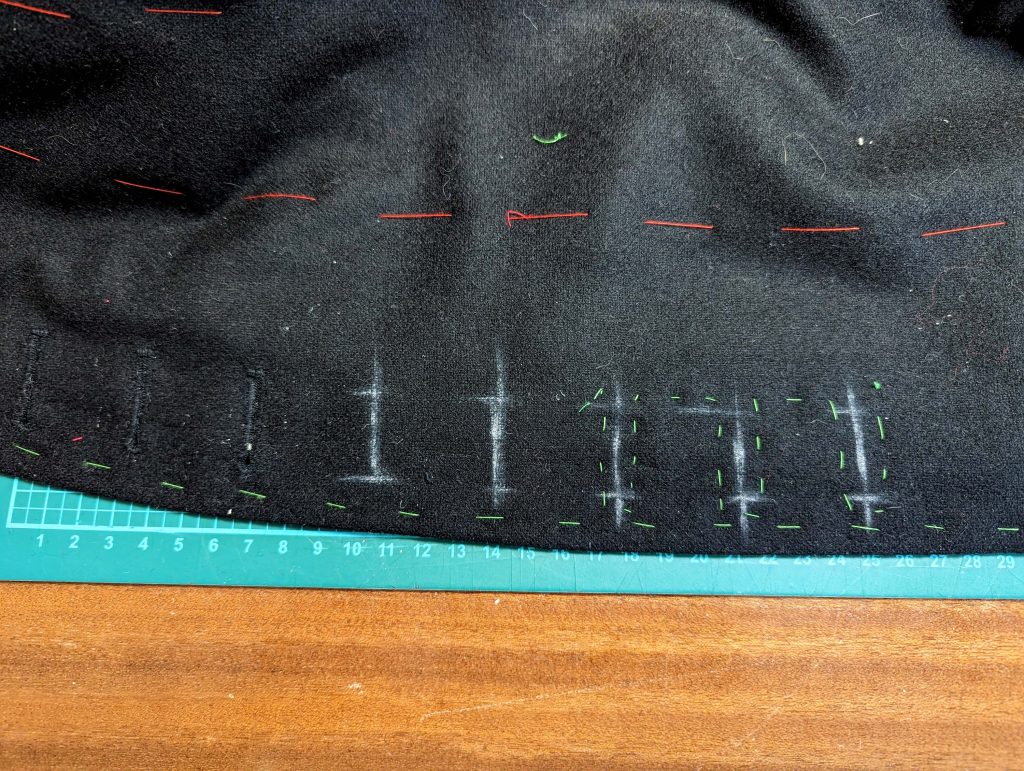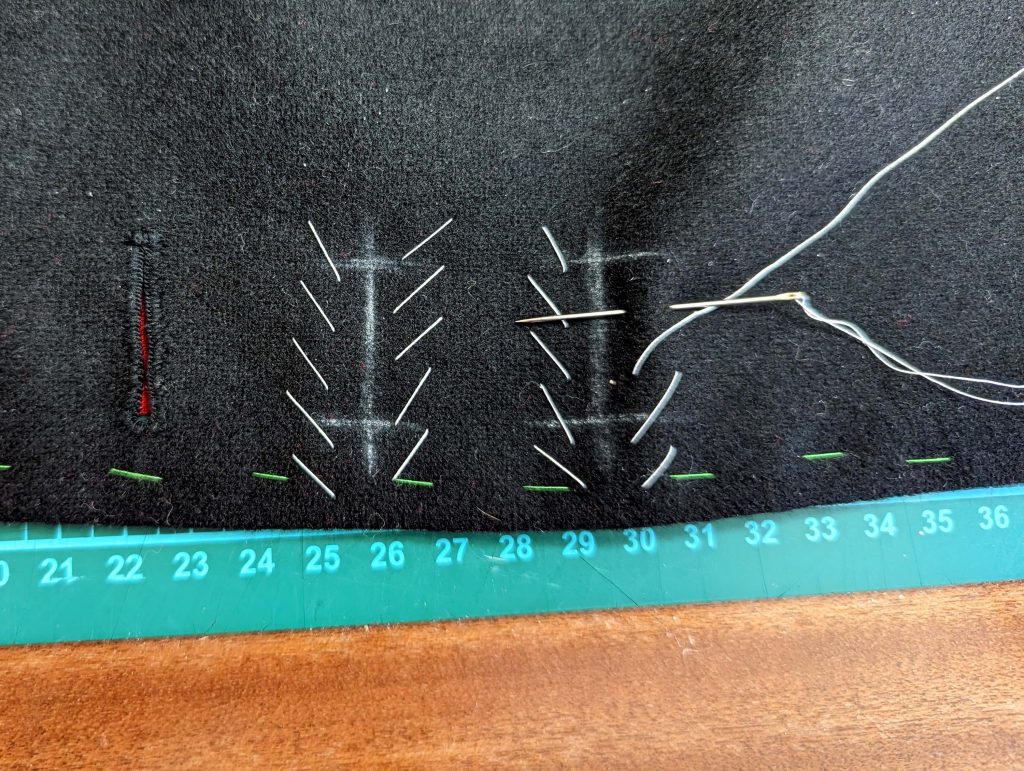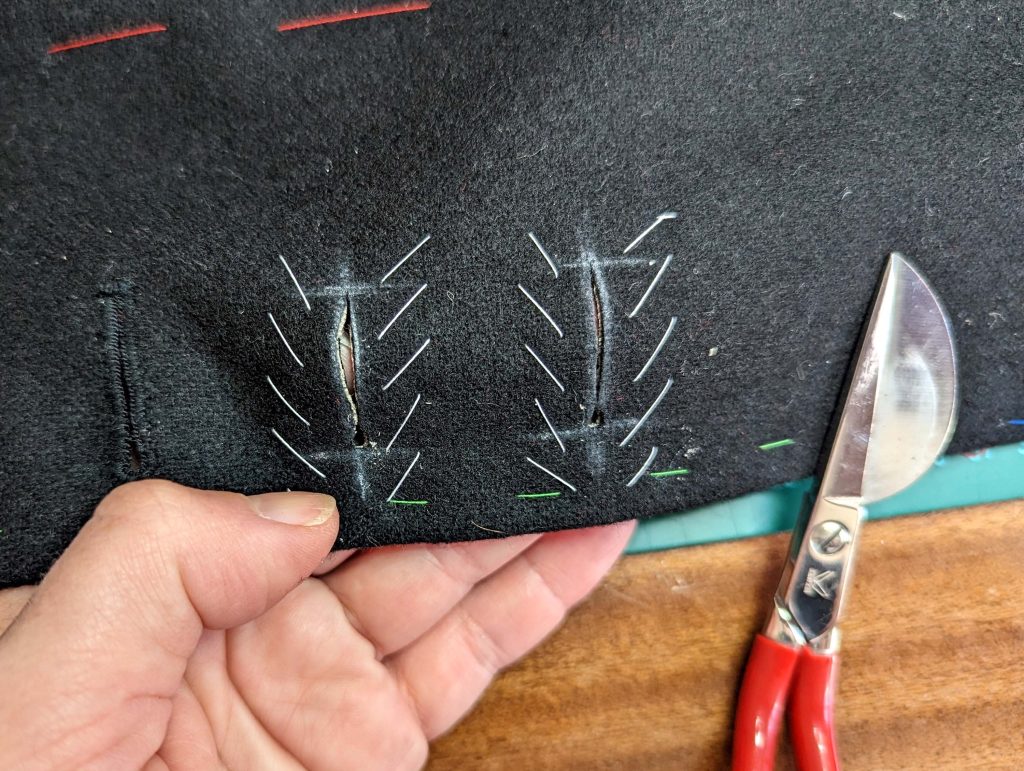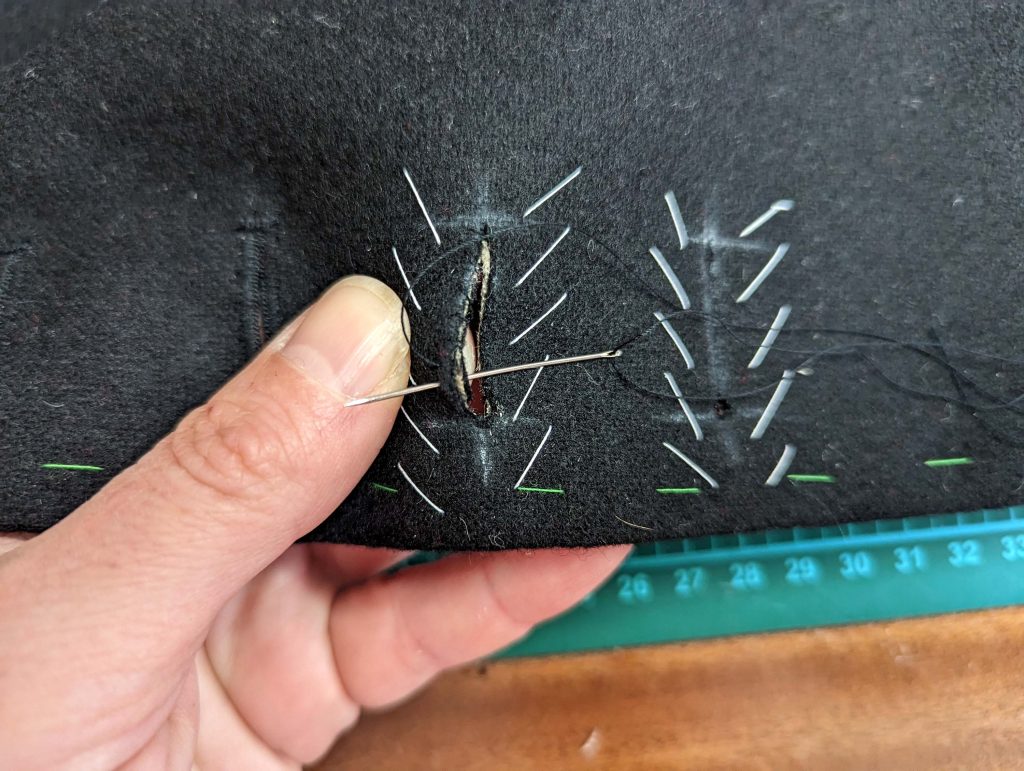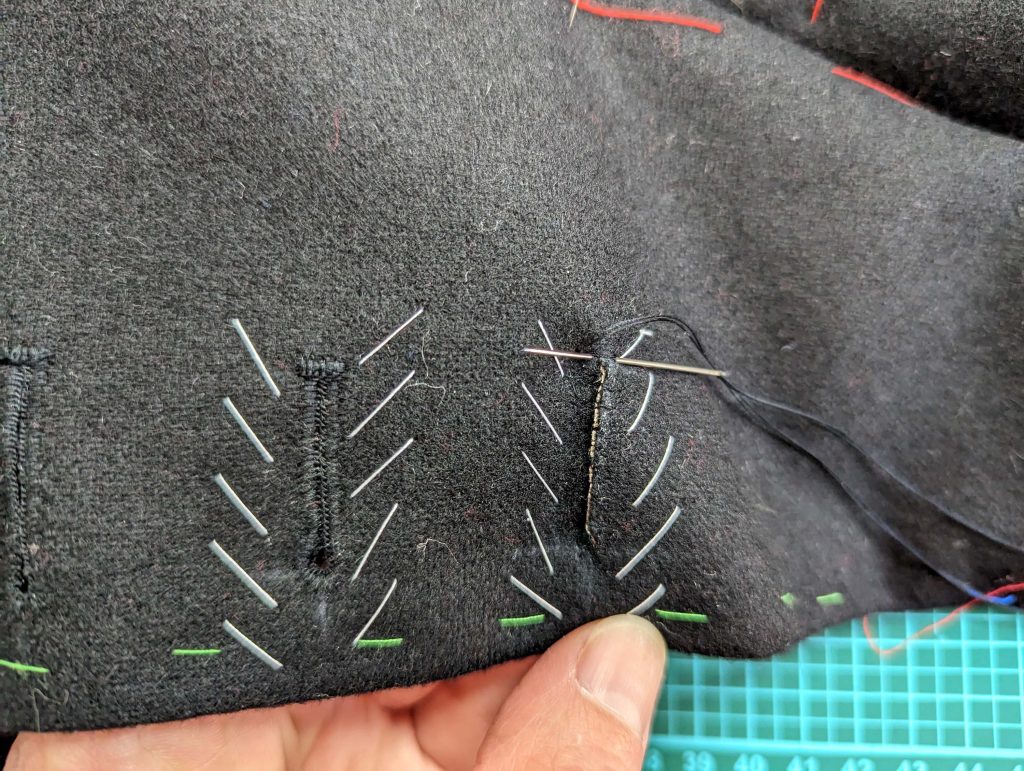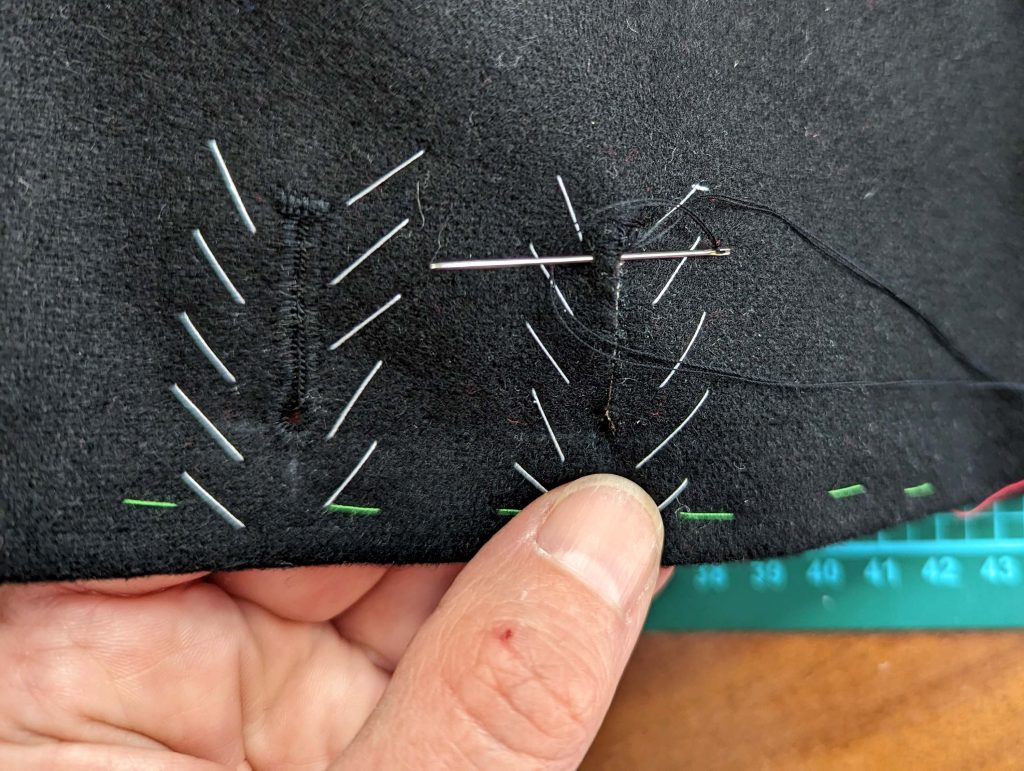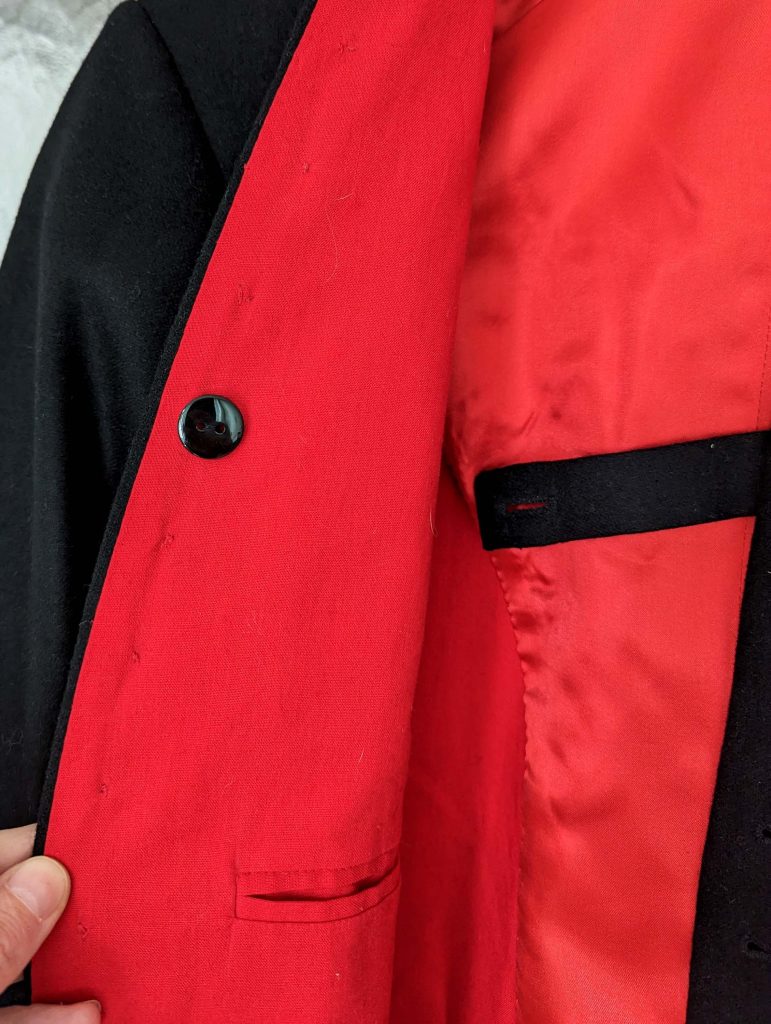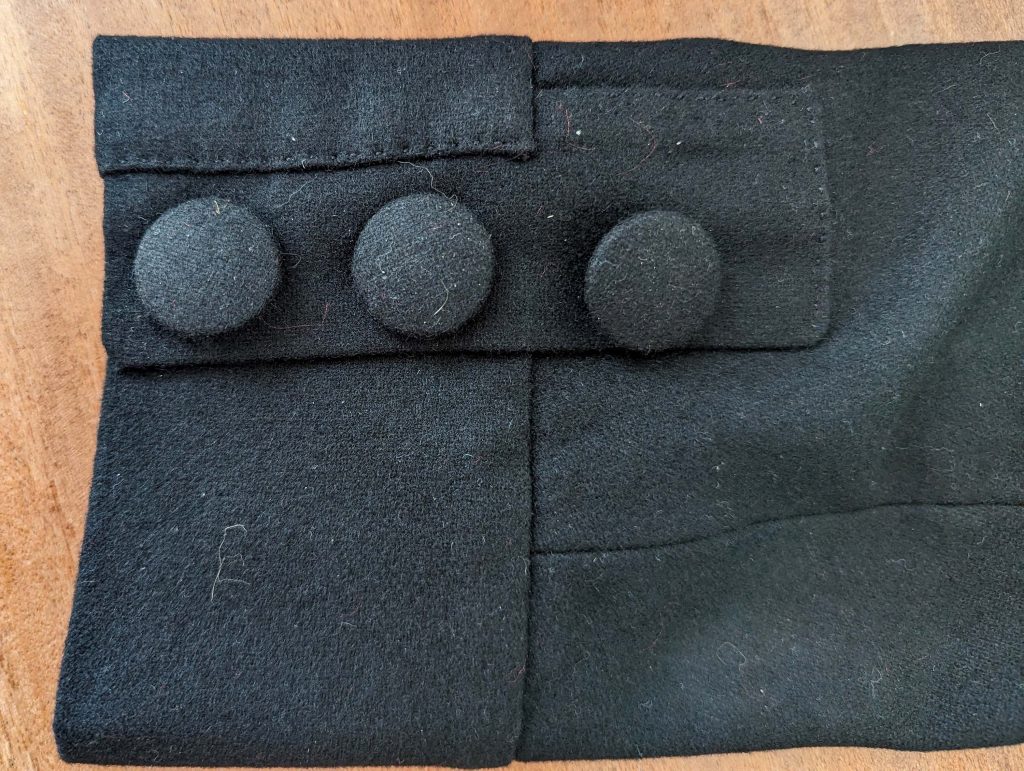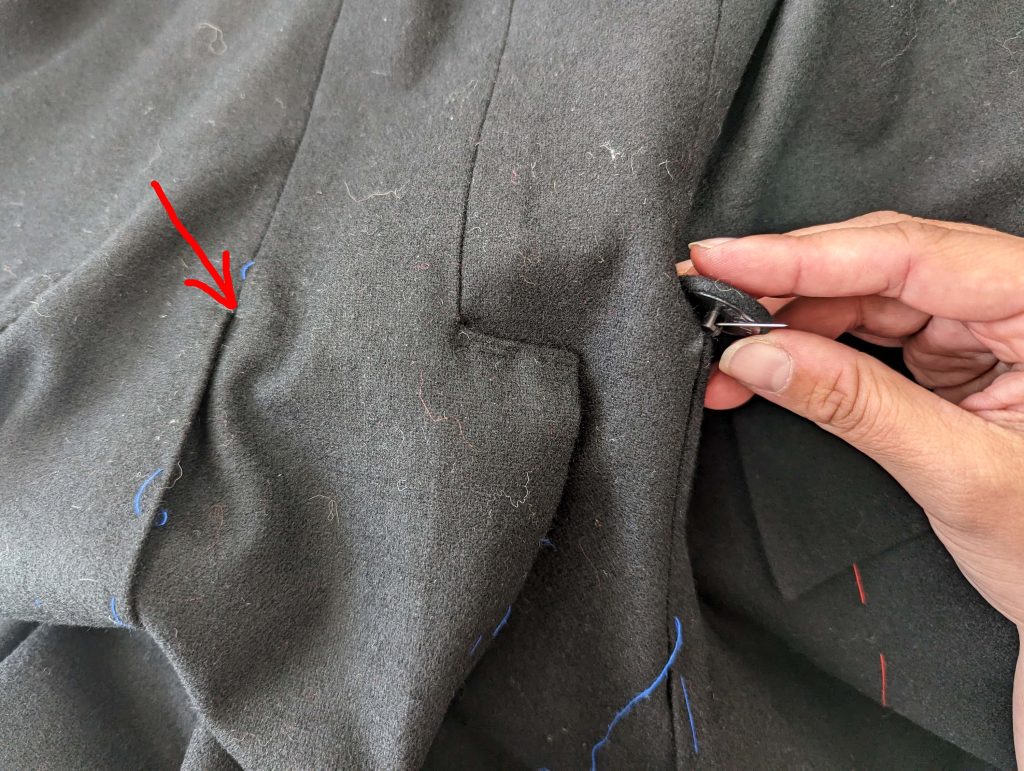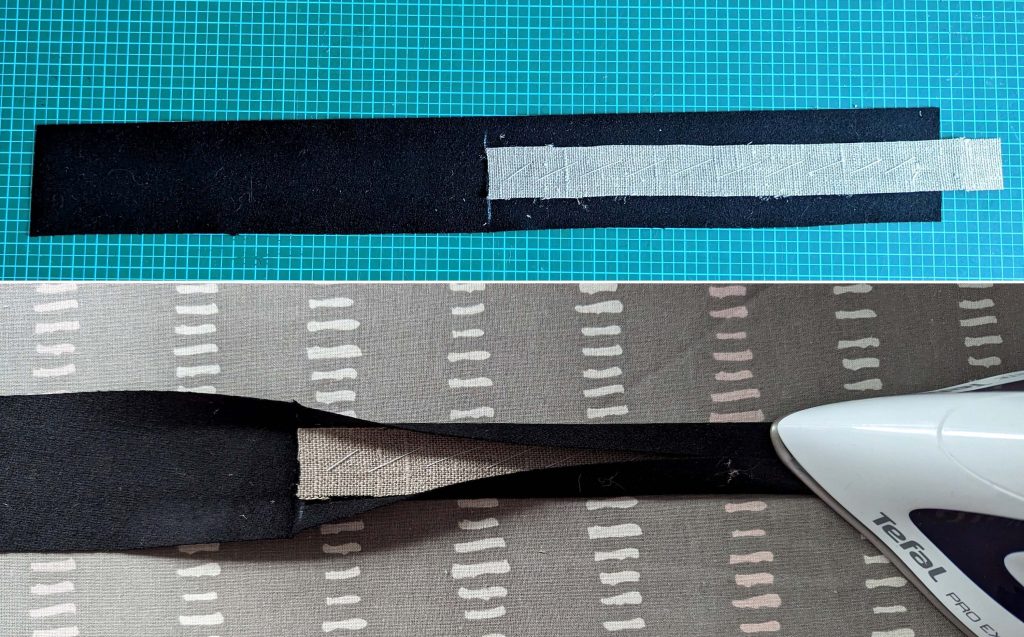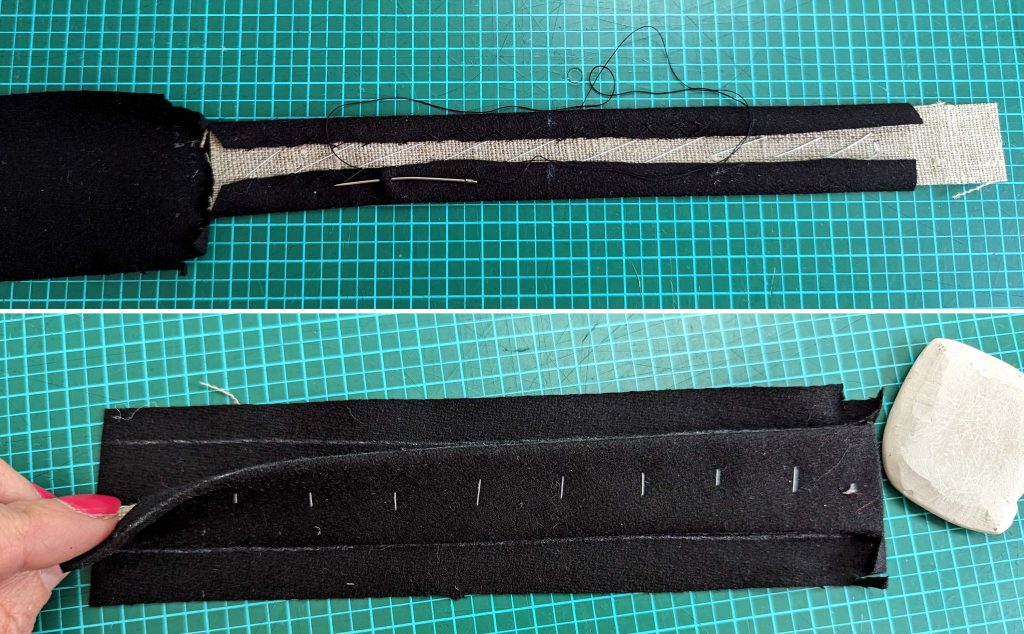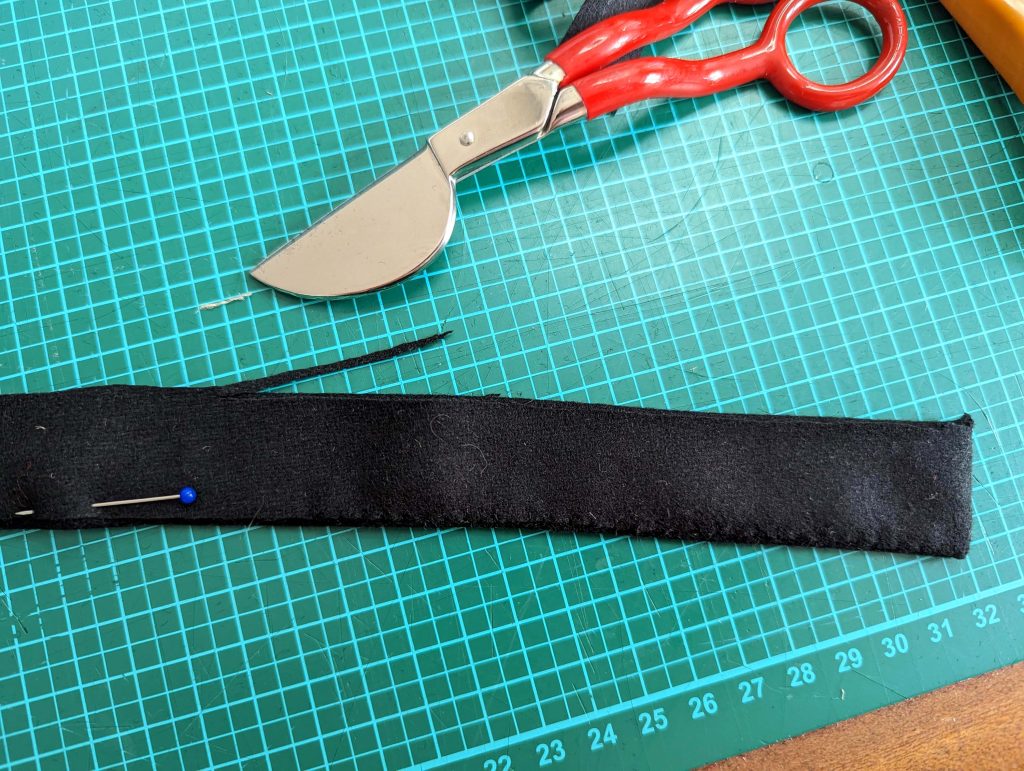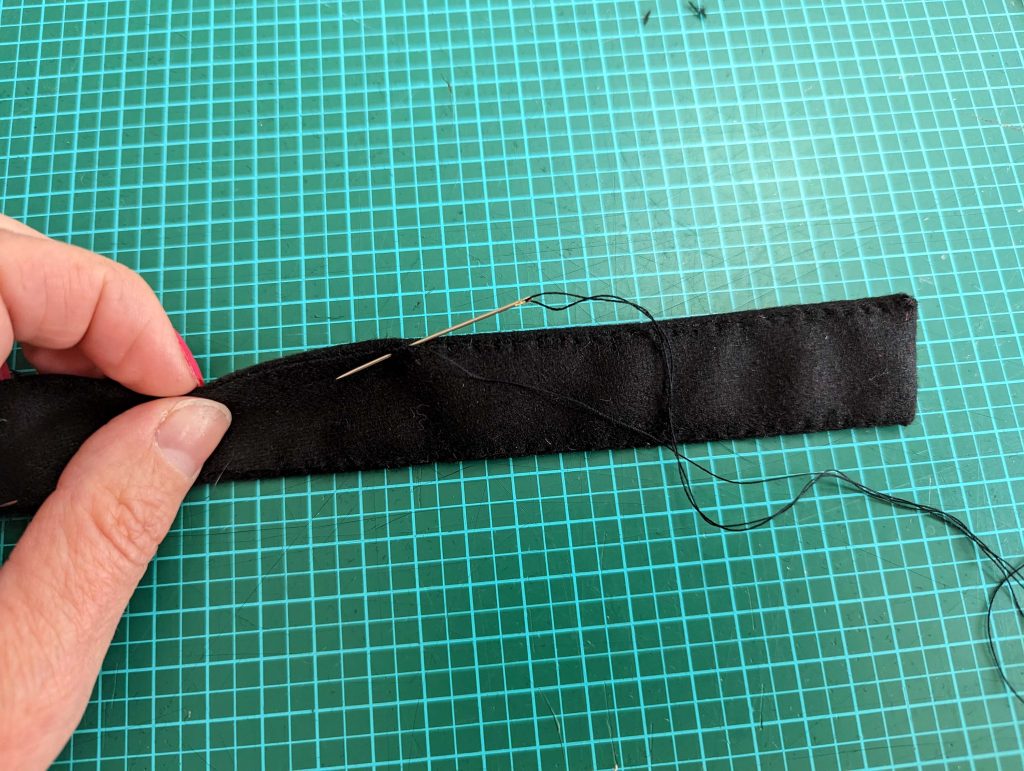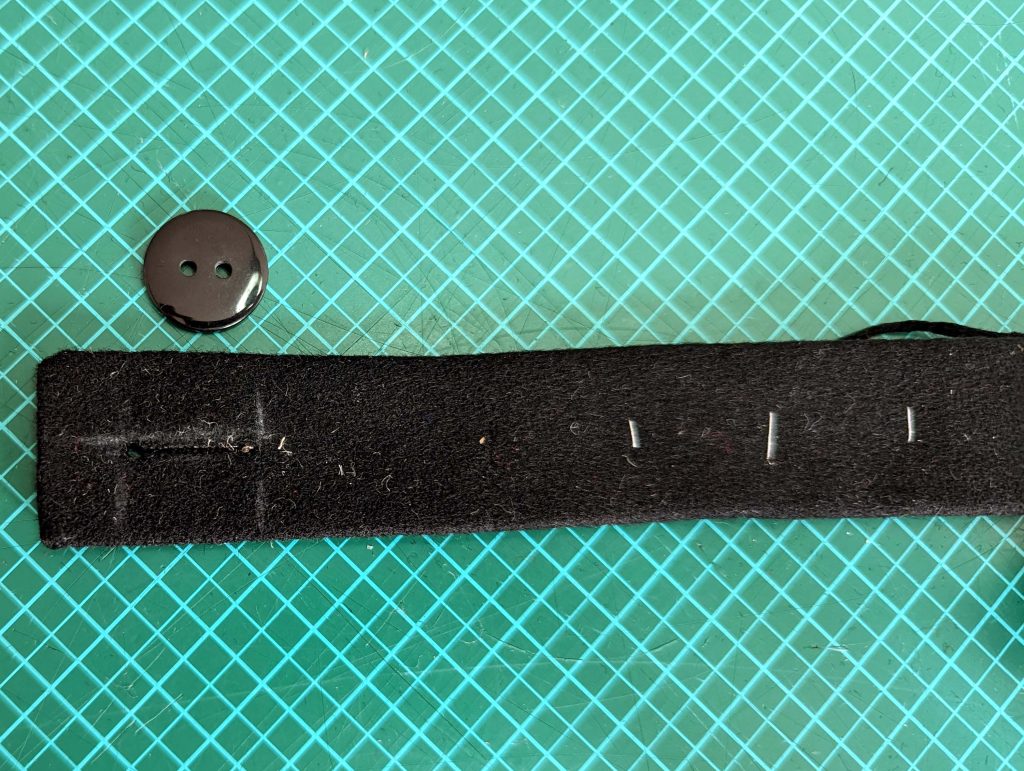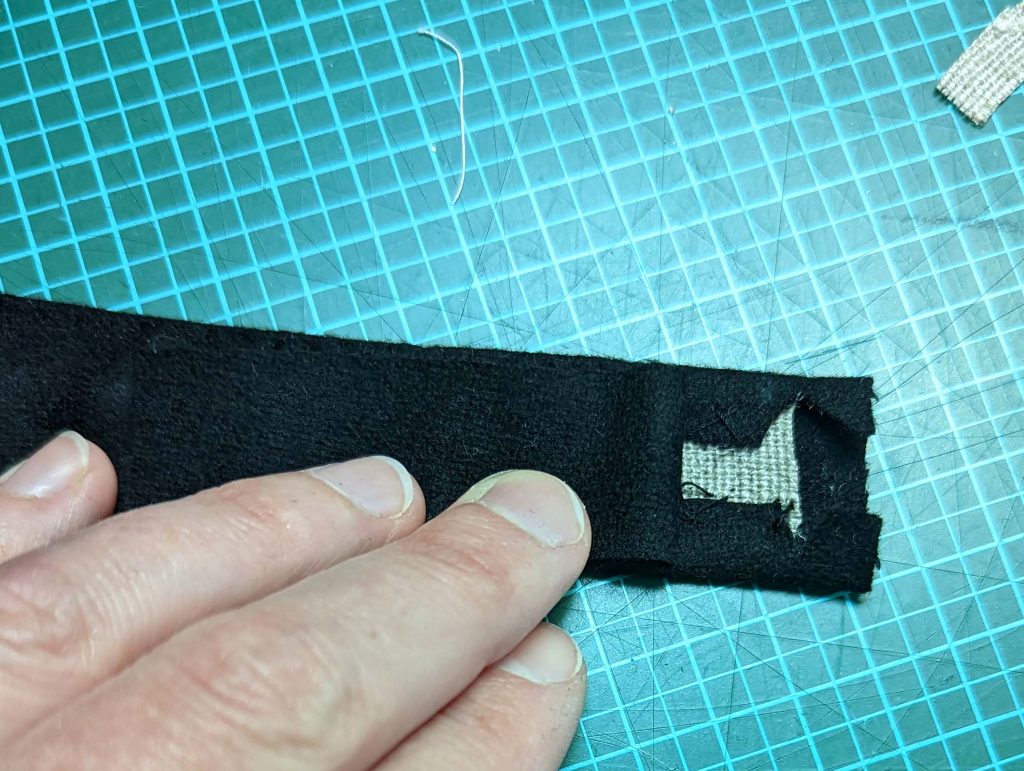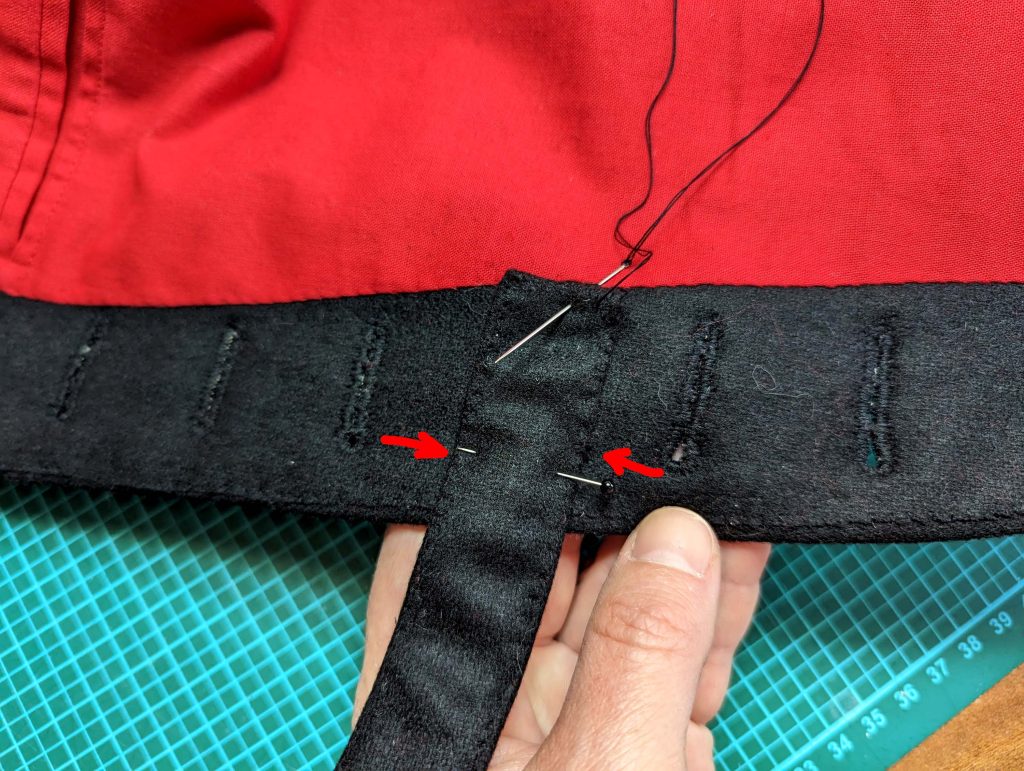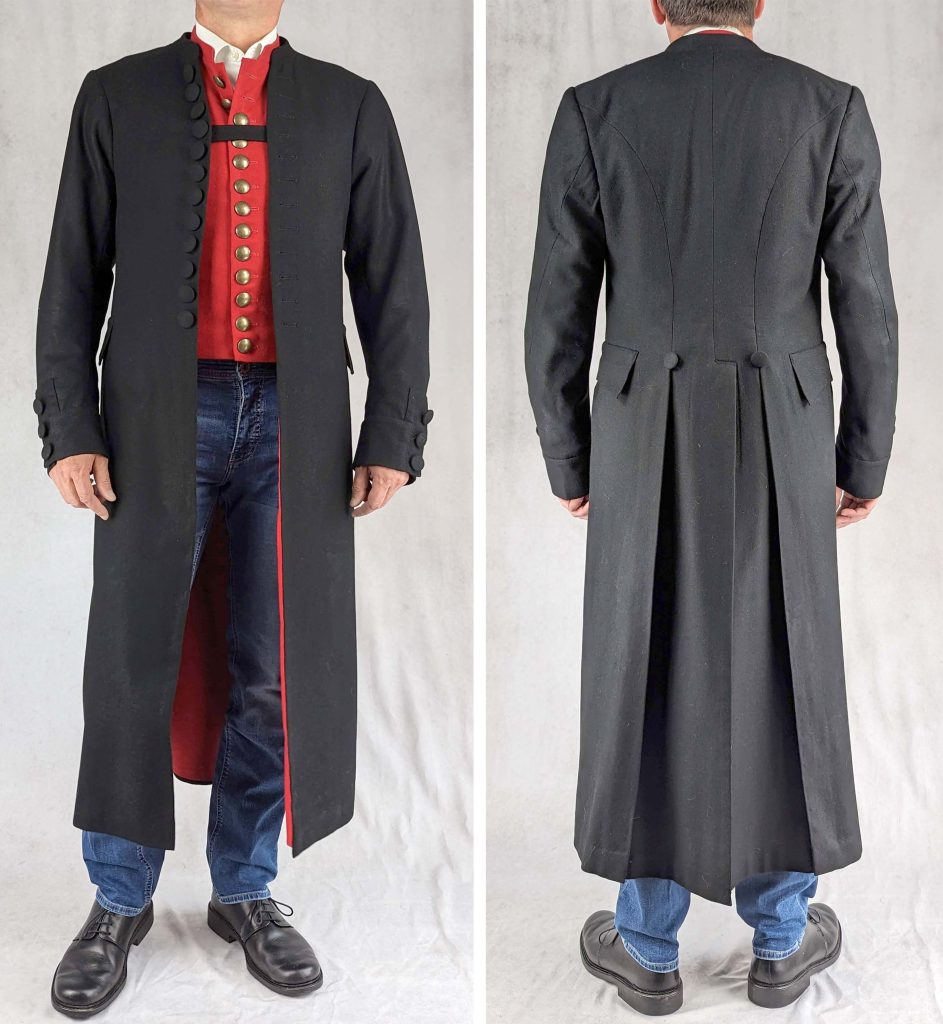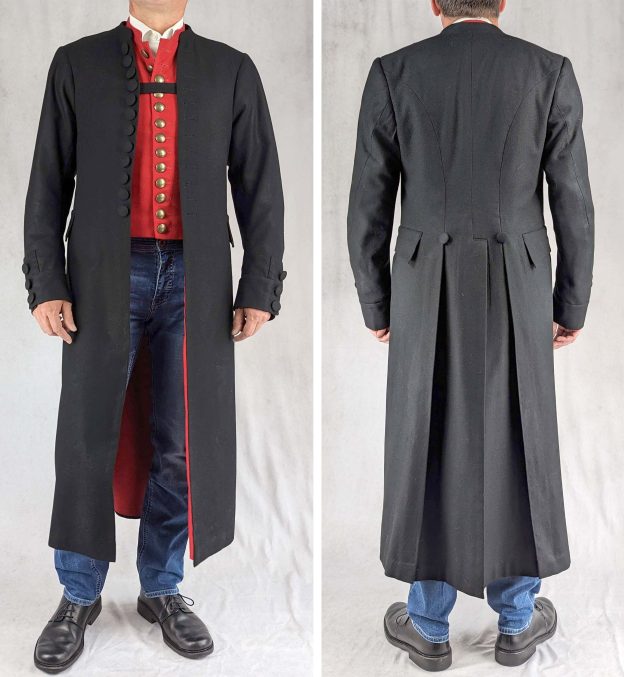In mid-2022, Ms. Katrin Weber from the Research and Advisory Center for Traditional Costumes of the Middle Franconia District approached me to develop a pattern for a Sunday gentleman’s coat worn by the rural population.
Unfortunately, at that time, the research center did not have any preserved original garments. Only the medical reports and illustrations commissioned by King Maximilian II in the 1850s were available.
The physikatsberichten and illustrations were created between 1852 and 1858 and vary greatly in their depictions. They do not take into account everyday clothing and the social status of the wearers. With this background, it is challenging to precisely determine the temporal and regional attribution of a specific form of traditional costume to a particular district.
Some of the depictions clearly show the fashionable influence of the Biedermeier period. The contemporary physikatsberichten mention multiple times that rural clothing is increasingly influenced by urban fashion trends.
However, based on the illustrations, we can draw some conclusions about the origin and development of the gentleman’s coat in rural Mittelfranken. In the stylistically simpler illustrations, the influence of the 18th century is evident, with the depicted coats resembling the Juste au Corps style of the 18th century.
The further development of the gentleman’s coat in the early 19th century is traceable through the shape of collars and sleeves. The influence of the Biedermeier period is clearly visible in some illustrations.
Therefore, we agreed to reconstruct a long, tightly-fitted coat based on Illustration No. 55 from the Landgericht Wassertrüdingen (district court Wassertrüdingen).
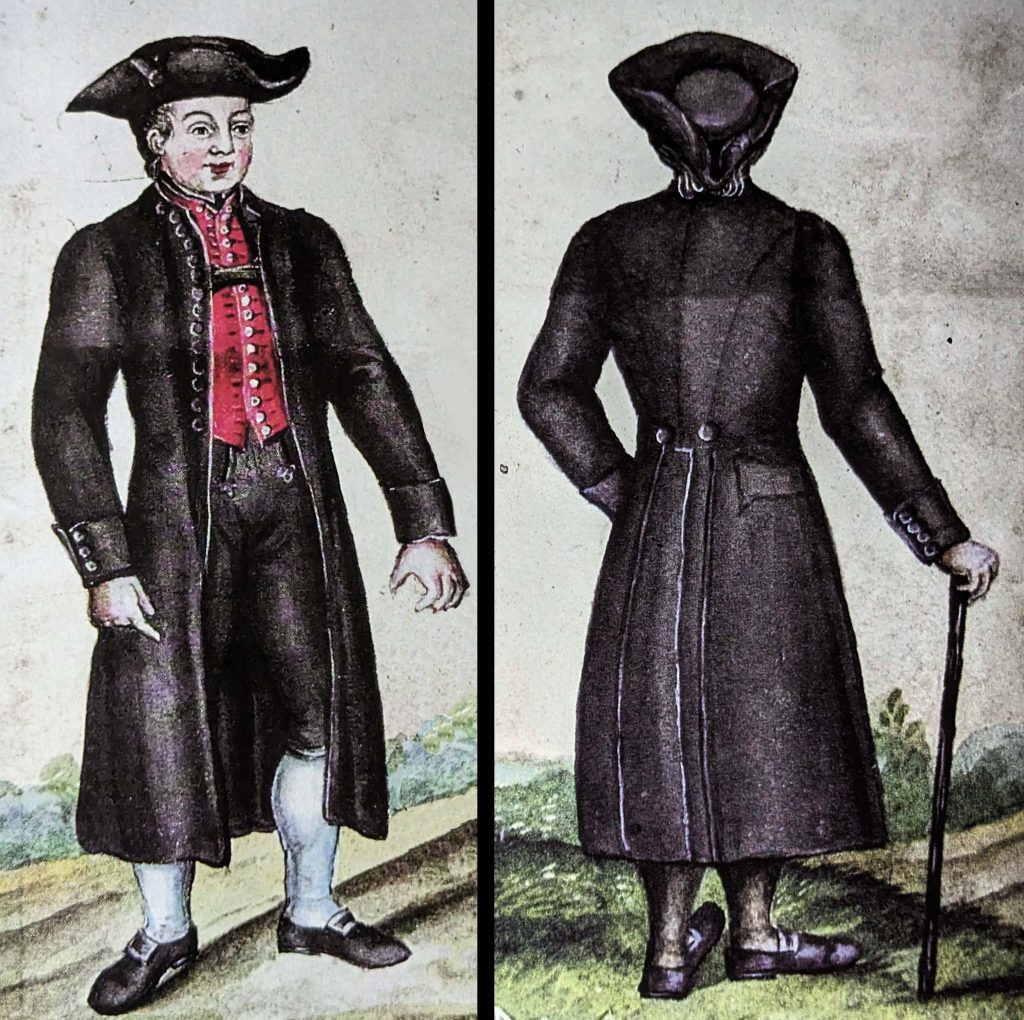
Quelle: Gillmeister-Geisenhof, Evelyn (1996): Kleidungsweise in Mittelfranken um 1850, 2. Auflage, Bad Wimsheim: Delp Verlag
Continue reading

